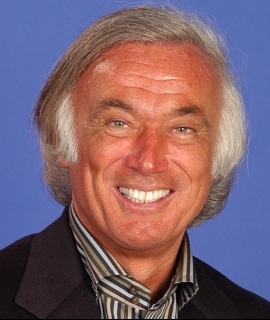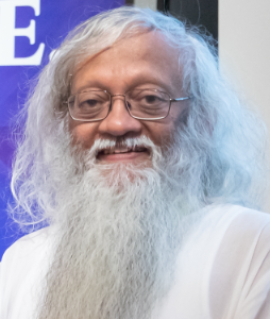10th Edition of International Conference on
Occupational Therapy
Occupational therapy has been around for centuries, and has been identified as an integral part of traditional medicine for people with physical and mental disorders. Nowadays, it is gaining traction as an important therapy intervention for individuals facing impairments or disabilities caused by some medical condition. Occupational therapy is a holistic approach to helping people with physical or mental disorders to improve their functional abilities and quality of life. The practice helps clients increase their independence and productivity while also helping them live more satisfying lives. The purpose of occupational therapy is to give the individual the ability to practice the activities they need to perform in their daily lives in order to increase their overall quality of life. This includes activities related to self-care, work or school, leisure, and social/emotional wellbeing. Occupational therapists use a variety of interventions to help patients achieve the desired goals. Examples of various interventions used by occupational therapists include increasing range of motion, improving balance, providing manual and adaptive equipment, adaptive techniques for dressing and grooming, and providing specific cognitive or behavioral exercises that can help with coordination and communication. Additionally, occupational therapists can provide education to assist individuals in becoming more independent and confident when engaging in a task. Occupational therapy is a critical component of traditional medicine because it promotes physical, mental, and emotional wellbeing. It helps those with physical and mental disabilities to overcome their disability or impairment and achieve a more fulfilling life. In turn, individuals become more self-reliant and have a better quality of life, making them less dependent on others. Through occupational therapy, traditional medicine can help individuals improve the quality of their life, gain independence, and lead a meaningful life.

Kenneth R Pelletier
University of California School of Medicine, United States
Marilyn Allen
American Acupuncture Council, United States


